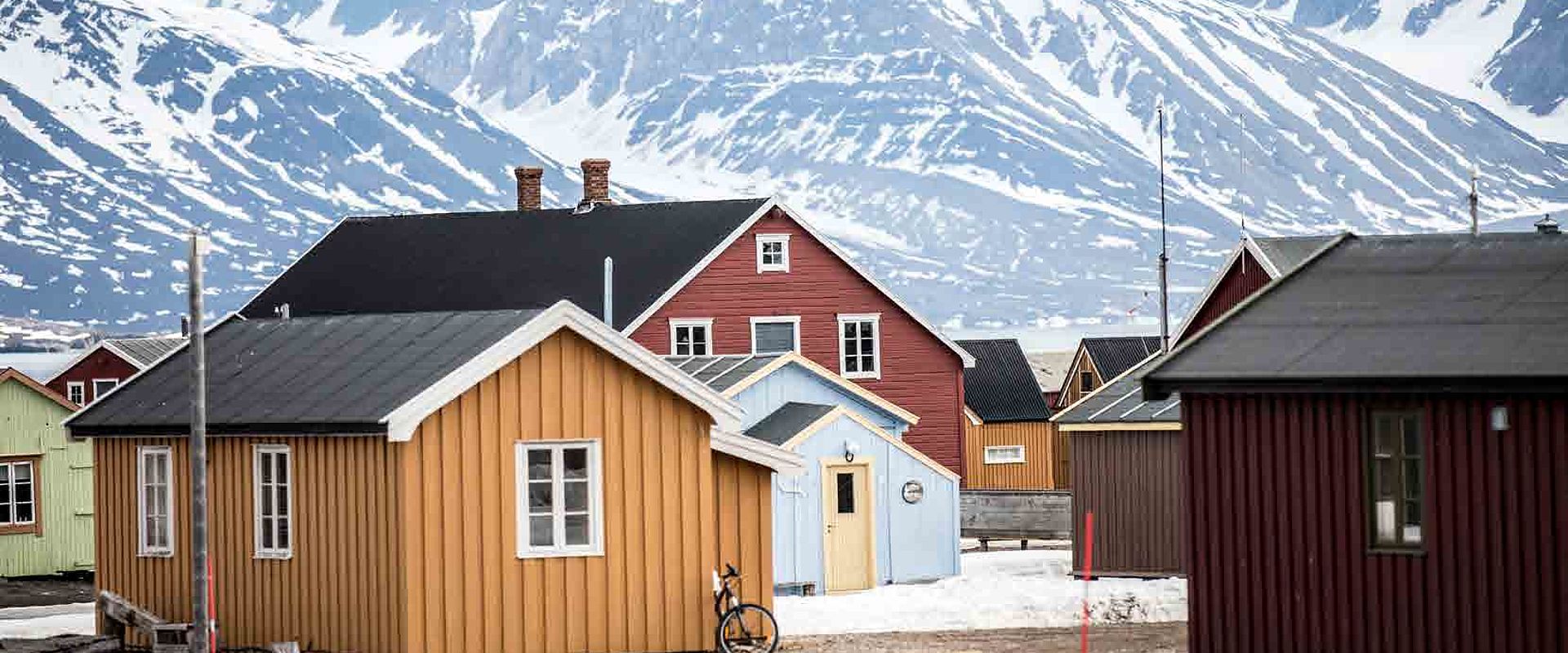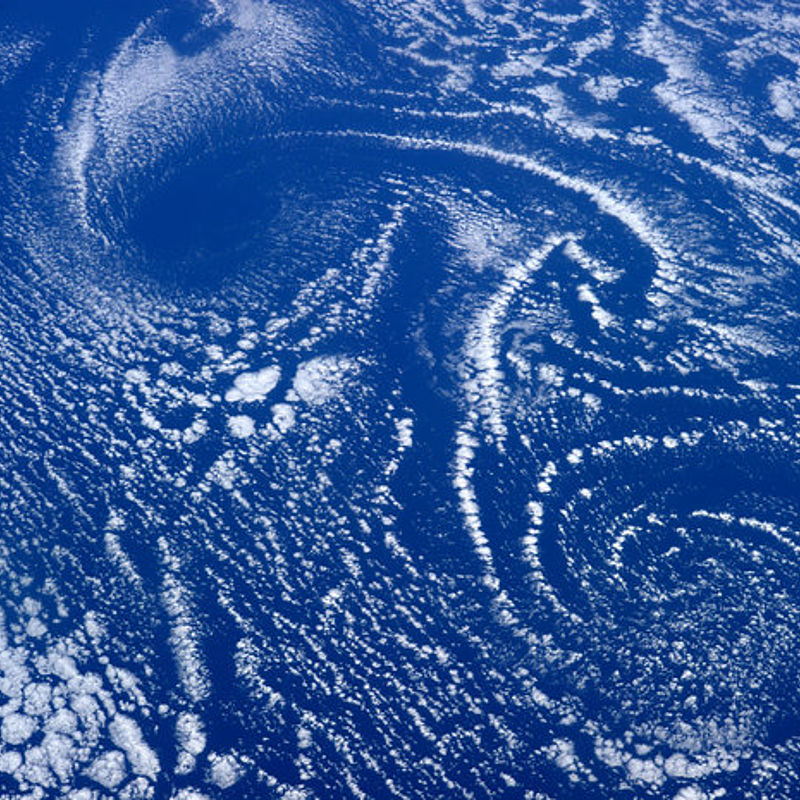
New Arctic Meteo in-situ calibration
Challenge
Providing the traceability to the SI units needed to ensure globally comparable measurements, even in the most remote monitoring locations, poses a key challenge to environmental monitoring. The extreme conditions encountered in many remote locations can significantly affect the response of environmental sensors, making accurate and dedicated calibration of utmost importance.
Until recently, instruments had to be sent away to distant calibration laboratories, a process which means they are unavailable for extended periods of time. In addition, usual calibration procedures may not provide accurate results when instruments are then operated in harsh environmental conditions of, for example, an Arctic winter.
The ability to calibrate sensors in the field would ensure their accuracy under typical operating conditions and would prevent gaps in the data during calibration periods.
Solution
The EMRP project Metrology for pressure, temperature, humidity and airspeed in the atmosphere is taking traceability to remote monitoring locations through a newly-developed portable calibration chamber for temperature, humidity and pressure sensors. Known as EDIE (Earth Direct Investigation Experiment), the chamber can be used to calibrate sensors in situ using their normal operating conditions. This allows remote monitoring stations to easily compare their sensors against reference instruments directly traceable to national standards, a process which would previously have been extremely challenging or even impossible.
Impact
Svalbard, a Norwegian archipelago in the Arctic Ocean, is home to one of the northernmost settlements in the world: Ny-Ålesund. Made up of an international scientific community operating a number of meteorological, marine, geological and atmospheric monitoring stations, Ny-Ålesund’s arctic location is ideal for environmental monitoring, as changes in the Earth’s climate occur more rapidly in the Arctic due to the characteristic polar environmental conditions. Instruments at Ny-Ålesund face some of the most challenging operating conditions on Earth.
Taken on board the summer supply boat, EDIE was temporarily installed at Ny-Ålesund, enabling the island’s atmospheric monitoring instruments to benefit from traceable calibration without having to be transported to distant calibration laboratories and unavailable for long periods of time. The AWIPEV Arctic Research Base was one of the first research stations in Ny-Ålesund to benefit from EDIE. Scientists from France and Germany work together at AWIPEV to monitor surface and upperair meteorological parameters, contributing to, for example the Global Climate Observing System (GCOS) Reference Upper-Air Network (GRUAN). With state-of-the-art ground based instruments, GRUAN provides long-term, high-quality climate data to calibrate the more comprehensive measurements taken from space and the upper atmosphere that support robust climate monitoring and trend prediction.
- Category
- EMRP,
- Environment,
